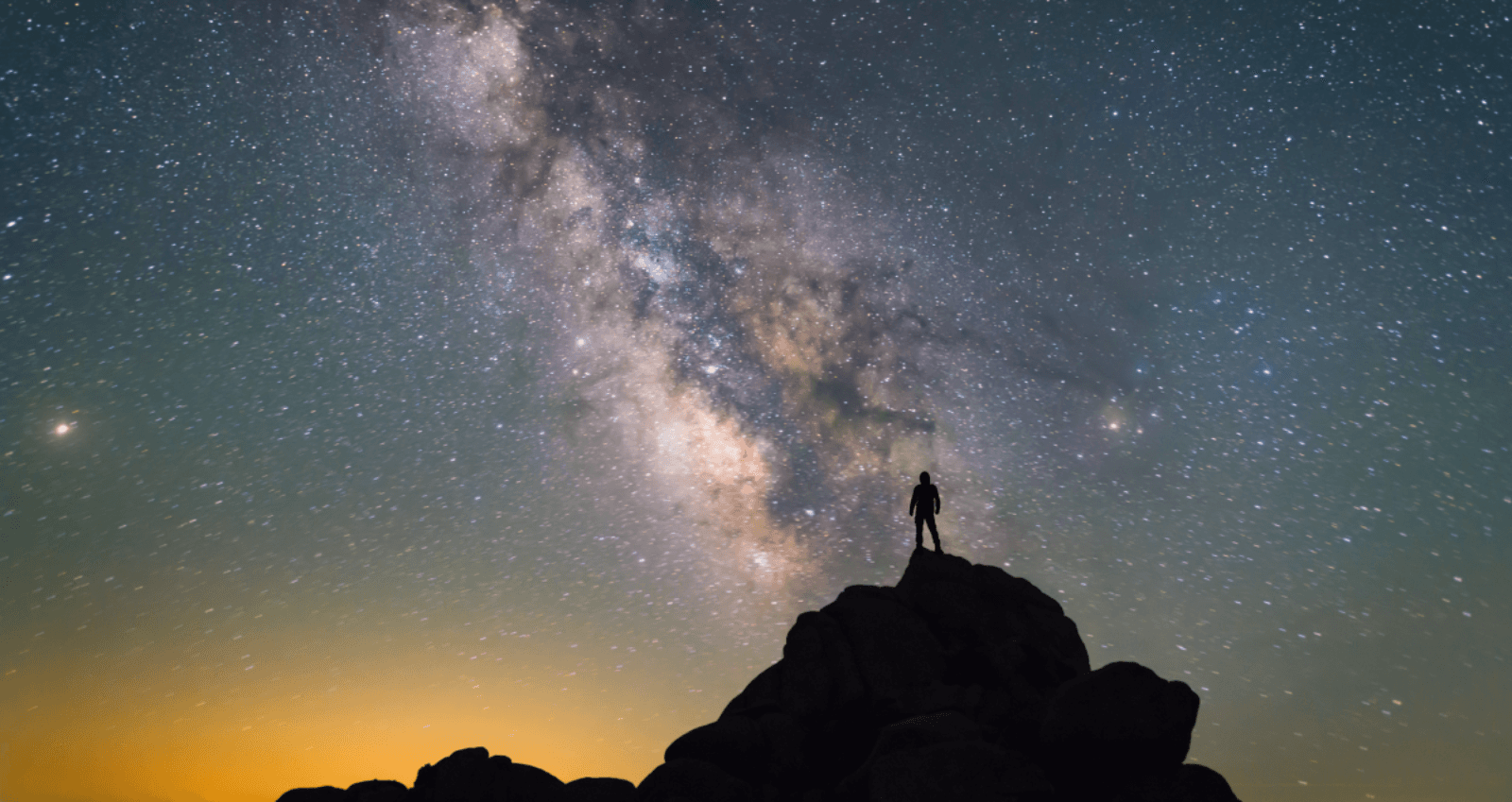Quest to Reveal the Fundamental Laws of Nature
by Sally Johnson
Theoretical physicist Hirosi Ooguri is working to unify general relativity with quantum mechanics

The Author
The Researcher
How did the universe begin, what is it made of down to its tiniest particles, and how has it evolved until now? These are just a few of the profound questions Hirosi Ooguri, the Fred Kavli Professor of Theoretical Physics and Mathematics and director of the Walter Burke Institute for Theoretical Physics at Caltech, as well as director of the Kavli Institute for the Physics and Mathematics of the Universe (IPMU) at the University of Tokyo, wants to answer.
Theoretical physicists use a combination of logic, equations, and computation to pursue a better understanding of how the universe works.

Gravity is playing an increasingly central role in this endeavor because it is the only force that remains unexplainable at the quantum level.
The standard model of particle physics explains quantum phenomena using 17 elementary particles and the way they interact by exchanging three types of forces: strong, weak, and electromagnetic.
“But gravity isn’t included, even though it’s the force we feel most strongly on Earth,” Ooguri points out. “Gravity is the key to understanding how the universe began and has evolved, so we need a unified theory that includes both quantum mechanics and general relativity.”
This is why Ooguri views the framework for superstring theory as the most promising candidate to unify quantum mechanics and general relativity.
Superstring theory is a mindbending solution still under construction, which tries to explain the particles and fundamental forces of nature by modeling them as vibrations of tiny supersymmetric strings.
The theory unifies Albert Einstein’s theory of general relativity, which explains gravity and the dynamics of stars and galaxies within the universe, and quantum mechanics, which describes elementary particles (such as leptons and quarks, which aren’t made of other particles discovered so far).
“I’ve been working for the past 35 years to understand many aspects of string theory and, in particular, a surprising feature called the ‘holographic principle,’ which can be used to give a precise formulation of quantum theory of gravity,” he says.
“It’s called ‘holographic’ since gravitational phenomena emerges from a non-gravitational theory defined on space with one less dimension, just like a hologram stores a three-dimensional image on a two-dimensional plate. Though we have not been able to use this formulation to describe our universe yet, we have been able to derive several important properties of quantum gravity,” Ooguri adds.
In 2018, Ooguri and Daniel Harlow, an assistant professor at Massachusetts Institute of Technology, explored gravity at the quantum level using the holographic principle and ended up proving that the eventual theory of quantum gravity can’t have a particular type of symmetry called global. “This is a rigorous statement that we can derive by assuming gravity and quantum mechanics are unified holographically,” Ooguri says.
The lack of global symmetry was a surprise because physicists regard symmetry as one of the measures of “beauty” in nature, and they expected that the fundamental laws of nature should be the most beautiful. Ooguri and Harlow’s theoretical proof, however, shows that nature doesn’t respect any global symmetry at the most fundamental quantum level.
And it’s worth noting that the holographic principle has a deep intellectual connection to quantum computation. “It turns out that both how the holographic principle works in quantum gravity and how the fault-tolerant quantum computations works are based on an important concept called ‘the quantum error correction’ in quantum information theory,” Ooguri explains. “They’re closely tied to each other at a very fundamental level.”
Ooguri and Harlow’s proof makes use of the quantum error correcting feature of the holographic principle in an essential way. Once physicists achieve the unification of general relativity and quantum mechanics, "in some sense, we will have reached the goal of humanity's quest toward more fundamental laws of nature.